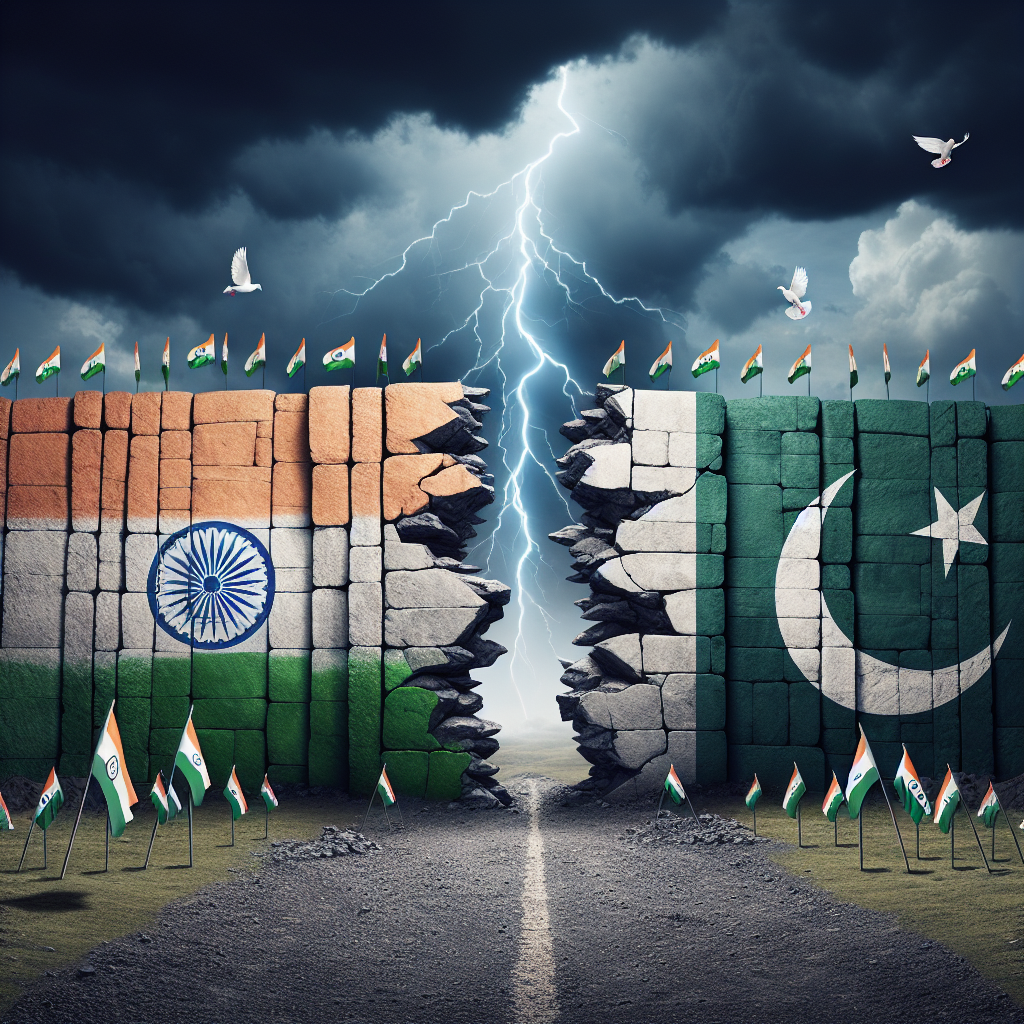Breaking Boundaries: The India-Pakistan Conflict and the Erosion of Traditional Limits
Breaking Boundaries: The India-Pakistan Conflict and the Erosion of Traditional Limits
Introduction
The longstanding conflict between India and Pakistan has entered a new phase, characterized by the erosion of traditional boundaries and the emergence of unconventional strategies. This development has significant implications for regional stability and international relations.
Key Developments
- Technological Advancements: Both nations are increasingly leveraging technology, including cyber warfare and advanced surveillance, to gain strategic advantages.
- Diplomatic Shifts: There is a noticeable shift in diplomatic approaches, with both countries seeking new alliances and partnerships to bolster their positions.
- Economic Factors: Economic considerations are playing a more prominent role, influencing military strategies and diplomatic negotiations.
Impact on Regional Stability
The evolving dynamics of the India-Pakistan conflict are reshaping the geopolitical landscape of South Asia. The erosion of traditional limits has led to increased unpredictability, raising concerns about potential escalations and their impact on regional peace.
International Implications
The conflict’s transformation has drawn the attention of global powers, who are keenly observing the situation. The involvement of international actors could either mitigate tensions or further complicate the conflict, depending on their interests and interventions.
Conclusion
The India-Pakistan conflict is breaking traditional boundaries, with technology, diplomacy, and economics playing pivotal roles. As these nations navigate this new terrain, the implications for regional and global stability remain profound. Understanding these shifts is crucial for anticipating future developments and fostering peace in the region.

















